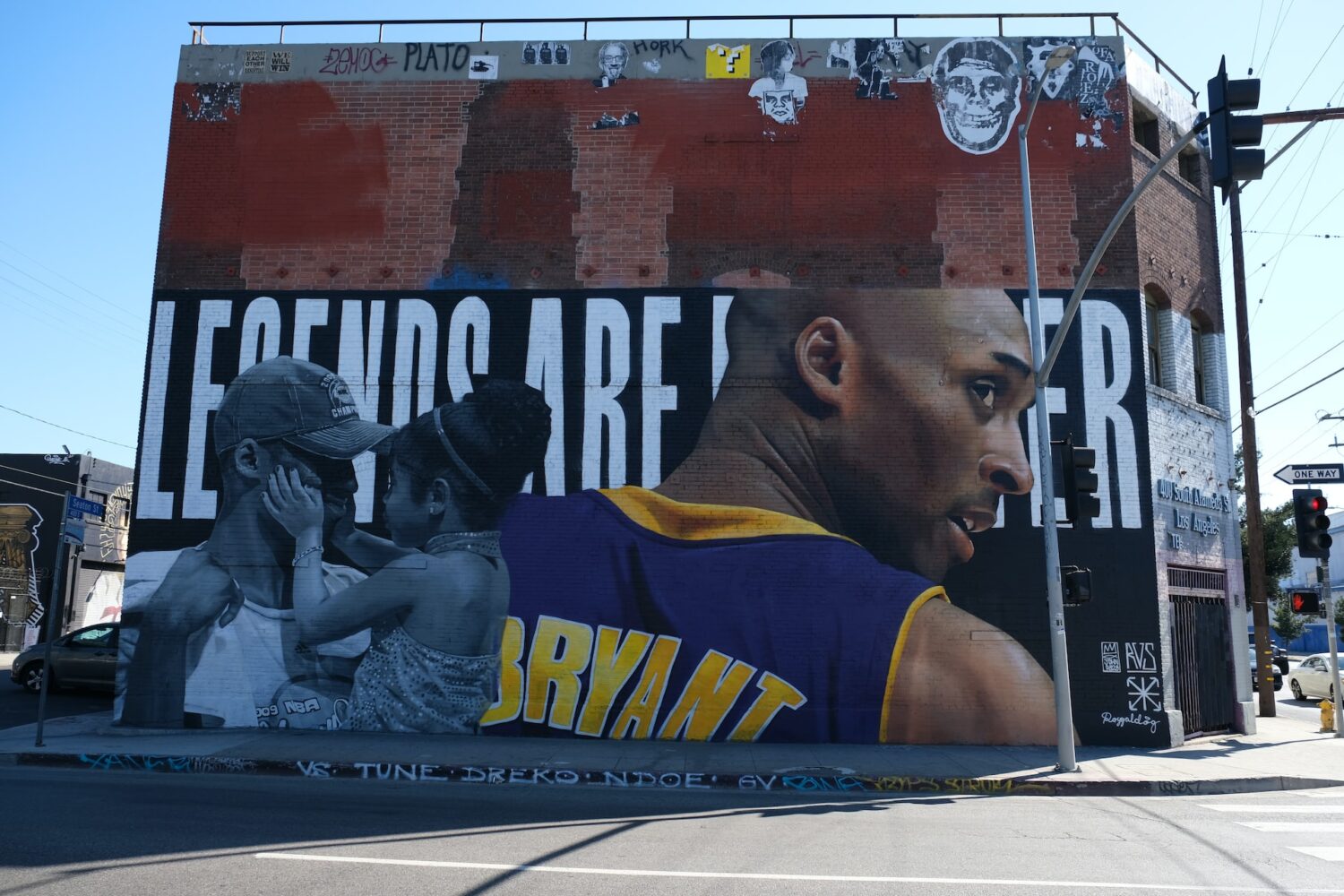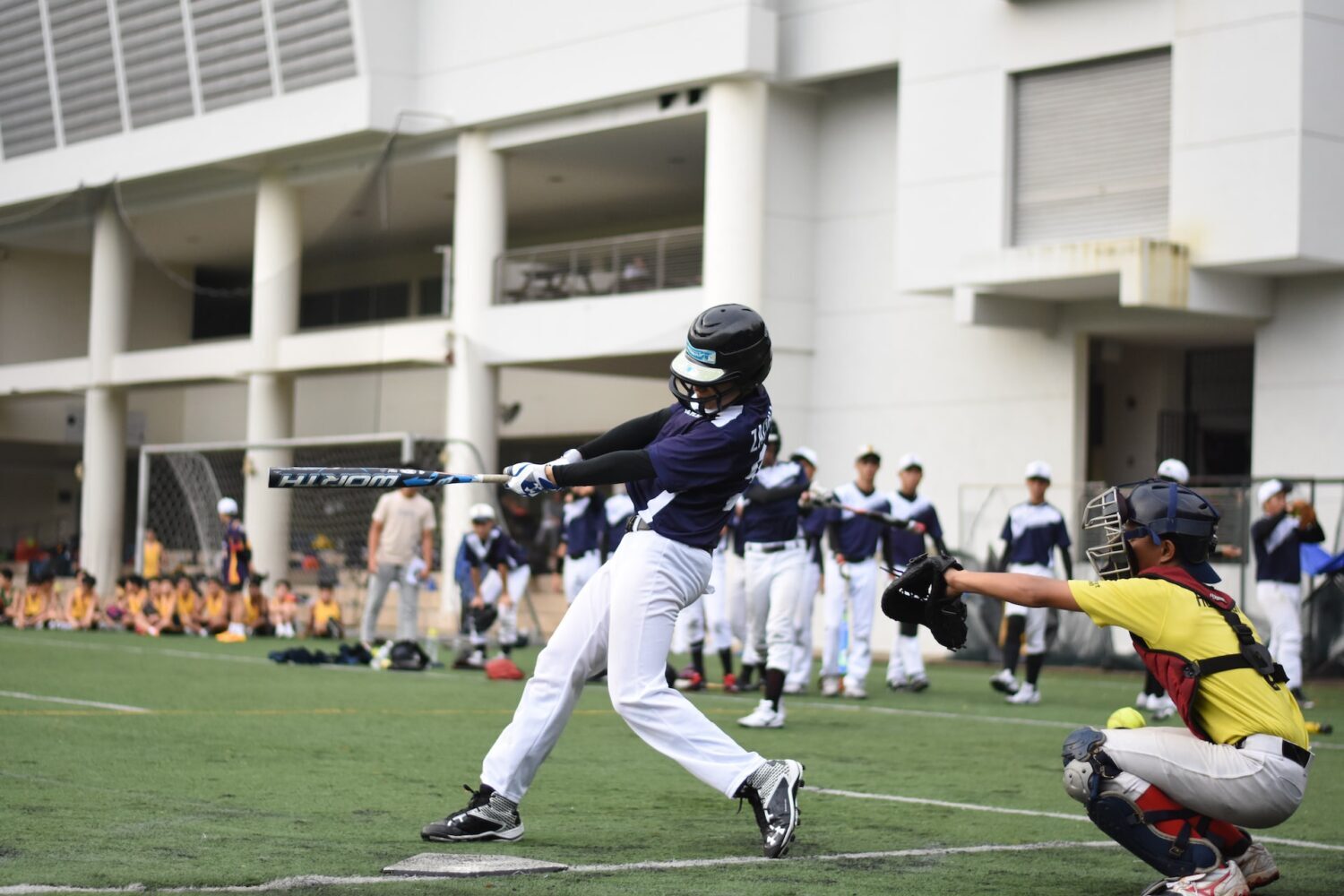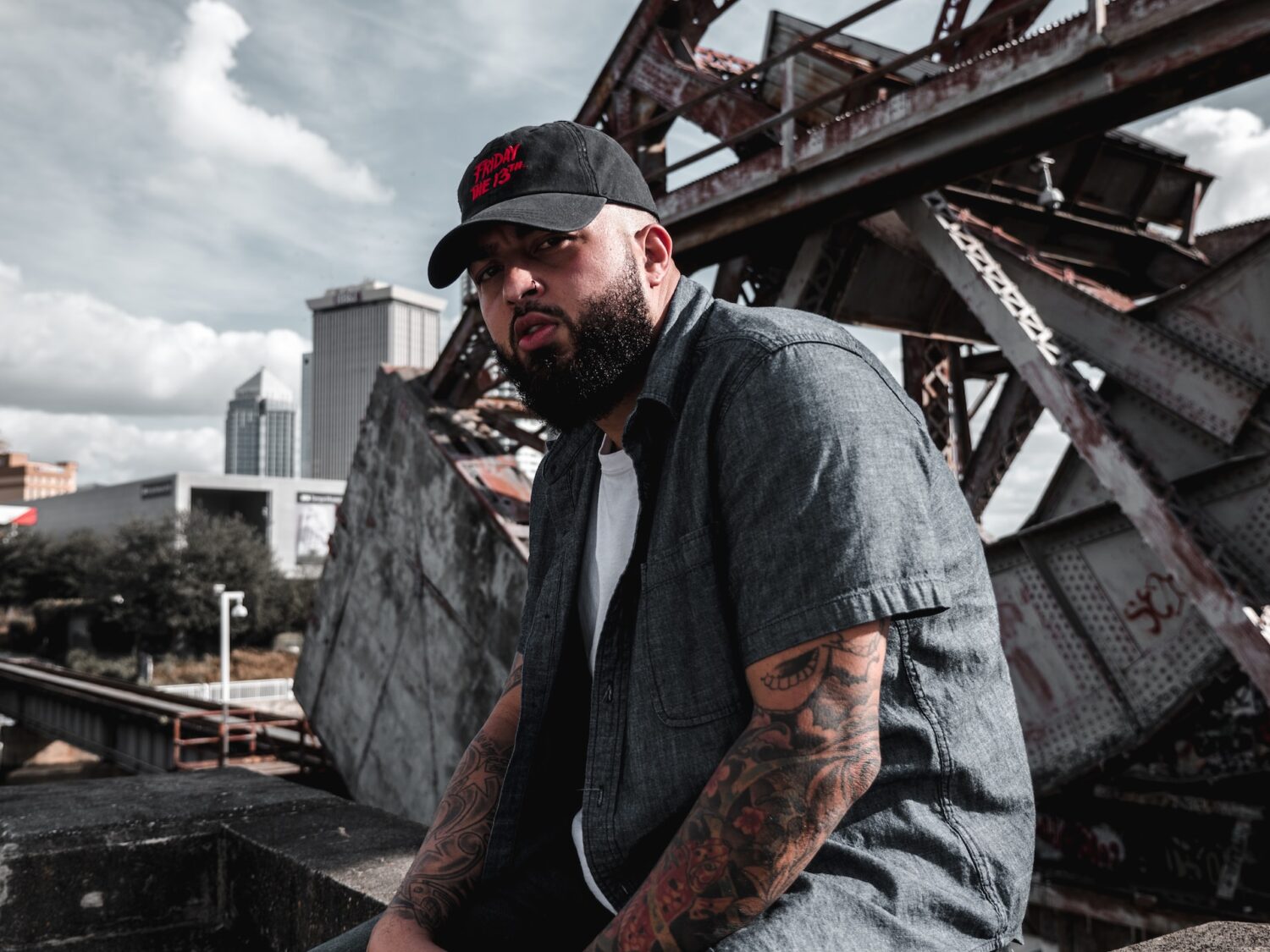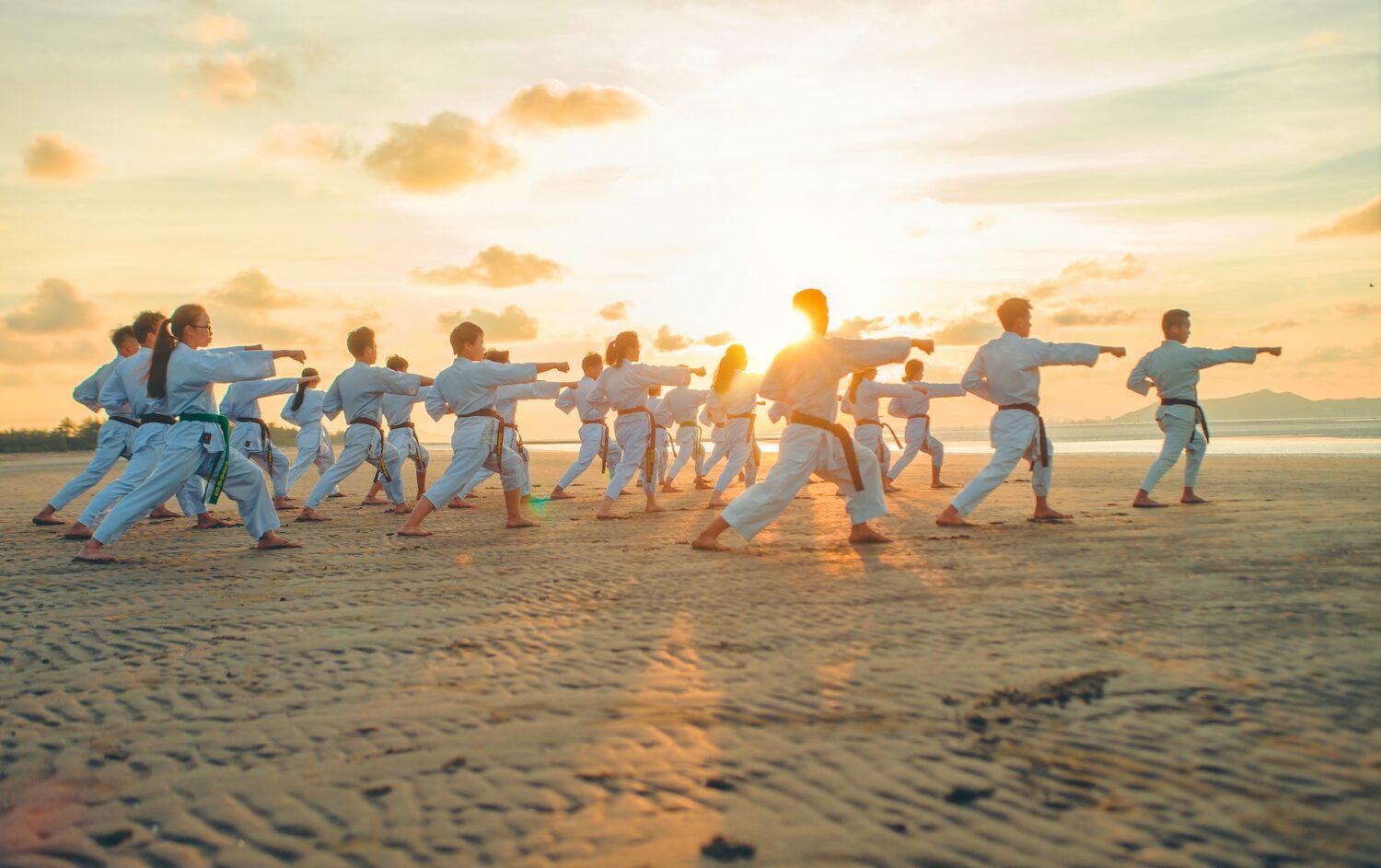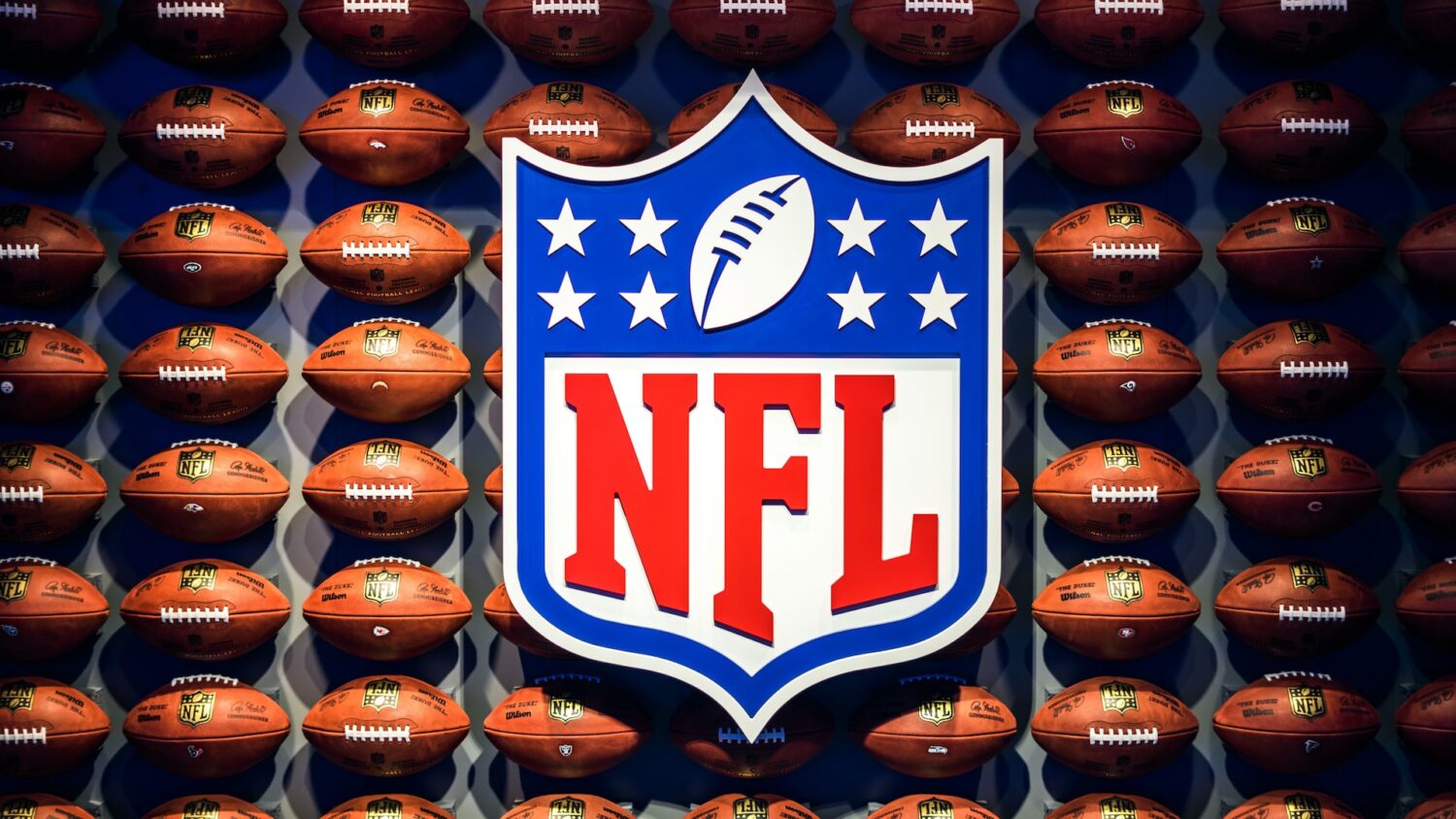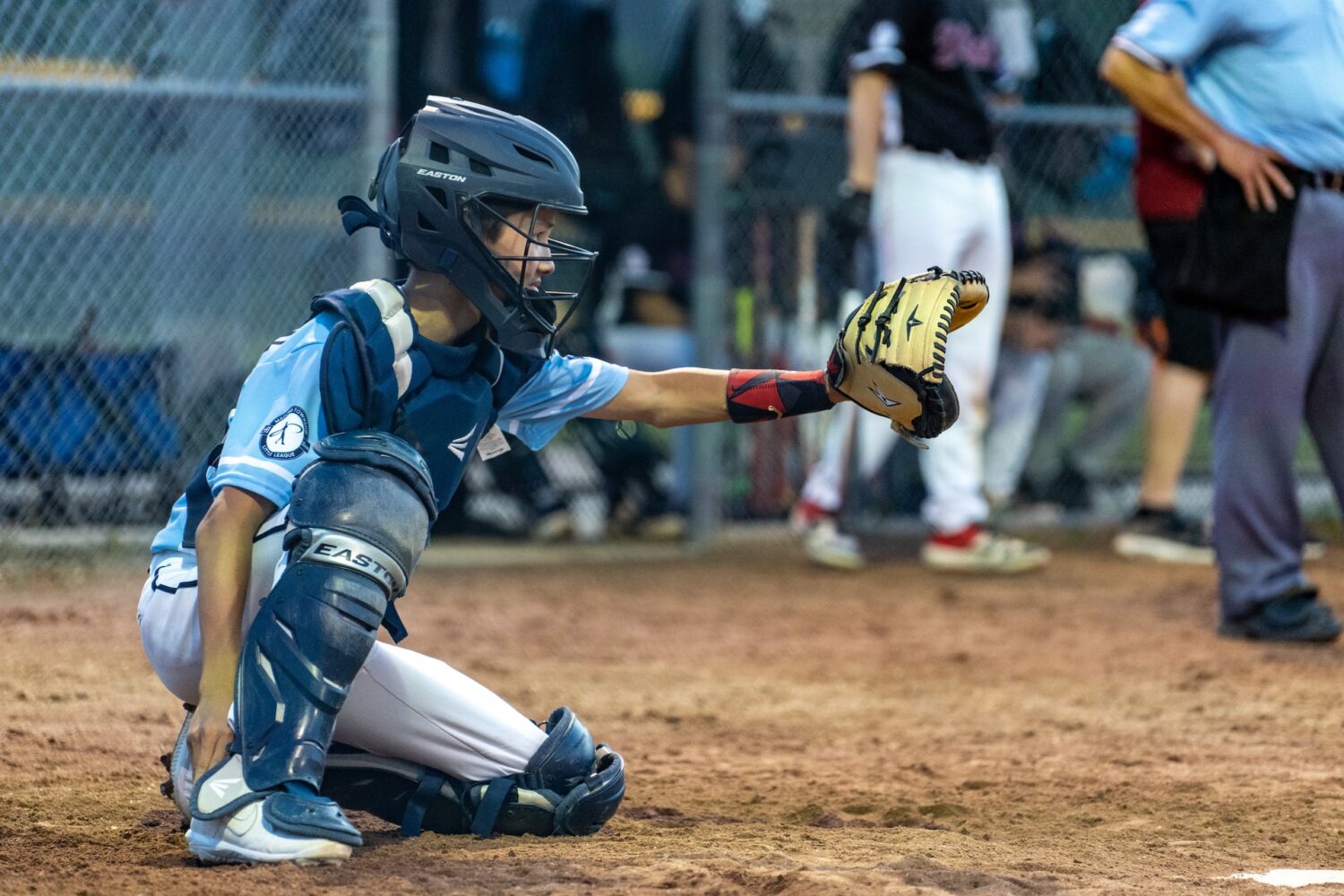
The 2017 NBA Draft was thought by many to represent the strongest class of incoming players in years, and perhaps since 2003. We’ll find out in the years ahead if the class really packs that kind of punch. But in the meantime, it wasn’t necessarily the talent that looked like the main story as the picks were made on Thursday night. Rather, it was the youth behind that talent.
Two records were broken during this draft: we saw the most freshmen ever taken in the first round (16), and we saw the fewest seniors (two). Oh, and those two seniors happened to be selected with picks 29 and 30 – the last two picks of the first round. To some, this might not sound particularly unusual. We’ve grown used to seeing younger players prioritized in NBA drafts, and even the best seniors are chosen in the second round, if not left to sign as undrafted free agents. But we’ve never seen youth favored to such an extreme as in this year’s draft, and it may just have been the loud, obvious signal the league needs to move on from one of its least popular policies.
That policy would be the “One-and-Done” rule, or in more technical terms, the NBA’s age limit. This limit was agreed upon in the 2005 collective bargaining agreement, and was implemented starting with the 2006 draft; any player under the age of 19 was ineligible for the NBA. It was meant to bring an end to the so-called prep-to-pro generation of high school players jumping straight to the NBA. The age limit accomplished this goal, but led to what we now know as one-and-done players.
LSU freshman Tyrus Thomas became the first post-age limit college freshman to make the leap in the 2006 draft, and he was selected fourth overall. But to put things in perspective, consider this: the 2006 first round included two freshmen and eight seniors. The next year, freshmen Greg Oden, Kevin Durant, and Mike Conley went first, second, and fourth, respectively. And in the years since, while there is inevitably some fluctuation in the number of freshmen taken according to the strength of each class, we’ve only seen a growing emphasis on the value of younger players.
The One-and-Done Era has produced a lot of stars, and not unlike the best players of the prep-to-pro generation, those stars get to enjoy a few extra years in the league (and a few extra paychecks). A 19-year-old who’s truly ready for the NBA can have a longer, better, and higher earning career due to the chance to speed up development at the professional level. But that emphasis on drafting young talent has also led countless college freshmen to make the leap when they might have been better served staying in school and honing their skills. It’s a very difficult decision for any talented 19-year-old, and it’s one that dozens of players now face with each new year.
There is growing consensus that this is not the best system for the players, the NBA, or even the college programs that so often host players for just a single year. Critics argue that the NBA is being flooded with ambitious freshmen who are blinded by contracts but likely to fizzle out in the league, and that the college game is being taken advantage of by players using scholarships as stepping stools to the pro game. And some of the biggest names in basketball are beginning to agree.
Just recently, NBA commissioner Adam Silver made headlines by suggesting he’s ready to make changes to the age limit. Duke head coach Mike Krzyzewski, who has more wins than anyone in the history of his sport, has also discussed the need for change (despite embracing the one-and-done model of late himself). And during the draft Michael Wilbon, one of the most respected members of modern sports media, sounded off on the system as well.
What’s interesting is the direction most of these advocates for change appear to be leaning in. Rather than raising the age limit, as lots of fans have called for, people like Silver, Krzyzewski, and Wilbon appear to be in favor of abolishing it all over again. Krzyzewski recently called for a model that’s been circulating among fans and media members for some time, which would allow players to jump straight from high school but mandate that if they do choose to attend college they must do so for a minimum of two years. Silver, for his part, has commented on the fact that most one-and-done players are viewed similarly by NBA front offices as they were when they came out of high school, implying that the year in college doesn’t really change things.
This is where the 2017 draft may come into play in the decision-making process. If the argument being made is that the year in college isn’t changing the game for prospects, we’re talking about returning to a prep-to-pro setup. And the fact that 16 such prospects can be taken in a single first round is about as strong an argument as any to back up that kind of change.
In other words, we may just have seen one of the most talented freshman classes ever enter the NBA. But it may also have been one of the last large groups of one-and-done players to do so.
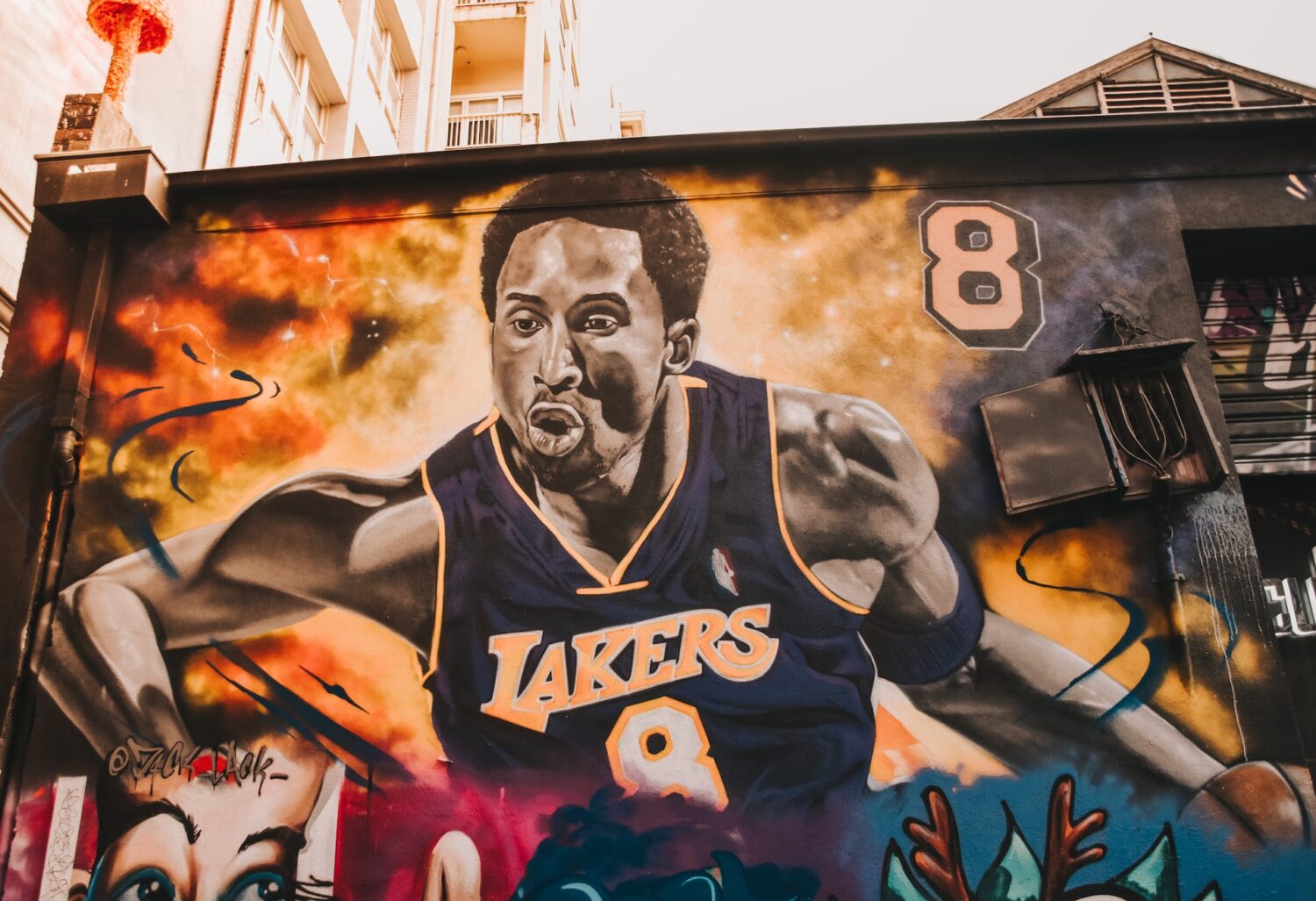
The greatest NBA dynasties of all time
The goal for any basketball franchise is to build a dynasty that fans and experts will be talking about for





